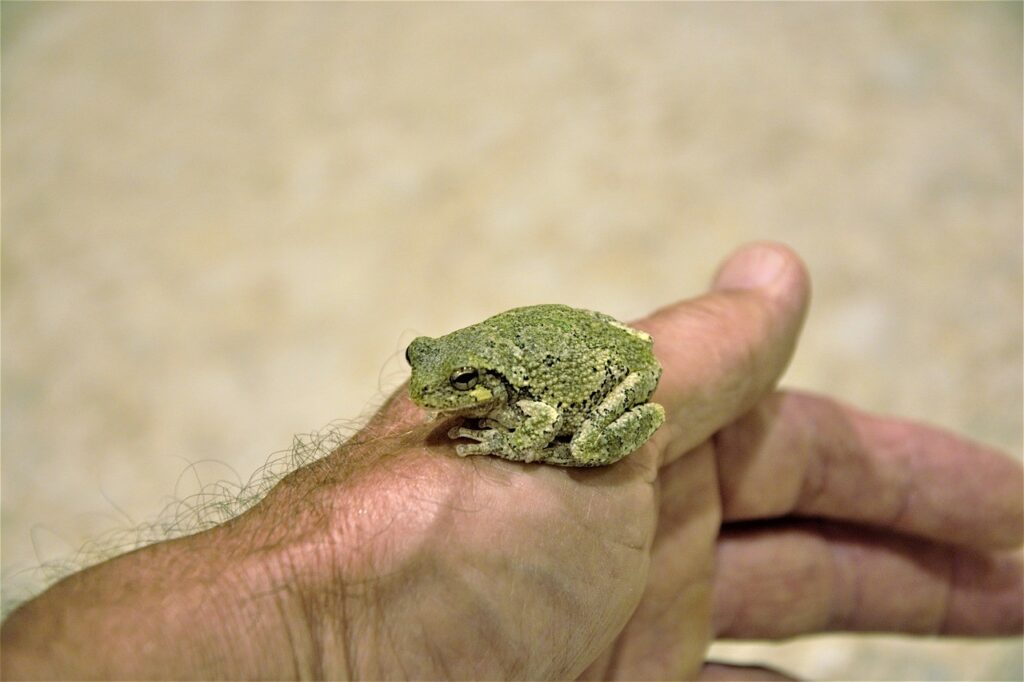Warts Don’t Just Grow on Frogs

Films depict warts as something that frogs and witches have, but not ordinary people. Contrary to the fairy tales, warts are a common skin condition that affects most people at least once in their lives. Warts are so common, and the reasons for them are so varied; when they go away on their own, people don’t think anything about them. Knowing some of the causes of warts and how to treat them if they appear can help disarm some misconceptions people may have about this common skin condition. The science behind warts and proven treatments give people options to manage and eliminate warts without making too big of a headline.
Does HPV Cause Warts?
Scientists know that warts appear on the skin’s surface because of human papillomavirus (HPV). Although there are an exhaustive number of types of HPV, only a few are known to cause warts. Warts most typically appear on the hands and then feet, but they can also appear on other parts of the body.
Children and younger adults report more warts, but warts do not age discriminate, and anyone may experience them in their lifetime. Most warts are painless and harmless, and they are treatable. In most cases, when a person seeks professional guidance from a dermatologist, they are seeking treatment because the wart is unpleasant to look at or causes them to feel self-conscious.
When Warts Form on the Skin
When HPV enters the body through a cut, abrasion or opening on the skin, the virus accelerates cell growth on the skin’s outer layer of the skin, which causes a wart to grow. The few types of HPV that are associated with warts cause different warts depending on the HPV strain a person has. Warts may form on the fingers and hands, bottoms of the feet, or other areas of the body.
Types of Warts
Warts that appear on the fingers and hands are called common warts. Plantar warts, which grow on the bottom of the foot, can be painful and feel like something is in the bottom of a person’s shoe. Flat warts tend to be smaller and flatter and may appear on the face, arms, and thighs. Warts that are also called “tags” often grow on or near the face. Another common wart is the periungual wart that grows on the fingernail and toenail area.
Warts Are Contagious
Warts are contagious and can spread from person to person or to other parts of a person’s body by scratching or touching the wart and then another part of the body. Warts can also be transferred on towels and other fabric surfaces, so caution should be used when a person has signs of the virus.
How to Prevent Contact with HPV
When it comes to preventing warts, keeping skin away from the virus is essential. Do not share personal items such as towels, sheets, clothes, and especially razors with someone with warts. Managing one’s skincare can also prevent the virus from getting into the skin. Covering and keeping cuts and scrapes clean can help ward off the virus. It is always best to cover up the feet when in a public space, like a public pool, locker room, or workout studio. Covering feet can prevent the transfer of plantar and periungual warts.
How to Treat Warts When They Appear
Although some warts will go away on their own, some may require treatment. Treatments vary depending on the type of wart and where it is on the body. The most common treatments for warts are:
- Salicylic Acid – available to purchase over the counter in gel or patch form. Consistent use of these treatments will peel away the layers of the wart over time.
- Cryotherapy – a licensed dermatologist will be able to freeze the wart off, and it will fall off in the following week or two.
- Surgical Removal – warts can be cut out, burned off, and lasered depending on the success of other treatments.
- Home Remedies—People have tried–and–true ways of getting rid of warts at home. Duct tape is a well-known one, but the results vary, and it is recommended to use something designed for wart removal.
Although warts are painless and harmless, they can be annoying and make a person feel uneasy about how their skin looks. Knowing what causes them and how to treat them gives people options when it comes to managing this common skin condition. In some cases, treatment of HPV may be recommended, but it is always best to visit a local dermatologist for consultation and guidance. Buckhead Dermatology accepts new patients and can answer any questions about skin health and appearance. Whether a person chooses to perform wart removal at home or seeks professional advice, warts can be a thing of the past. Warts are persistent, so those who want to get rid of them must also be persistent because warts don’t just fall off instantly.
Contact Dr. Sherrie Straughn today with questions and concerns you have about warts.
